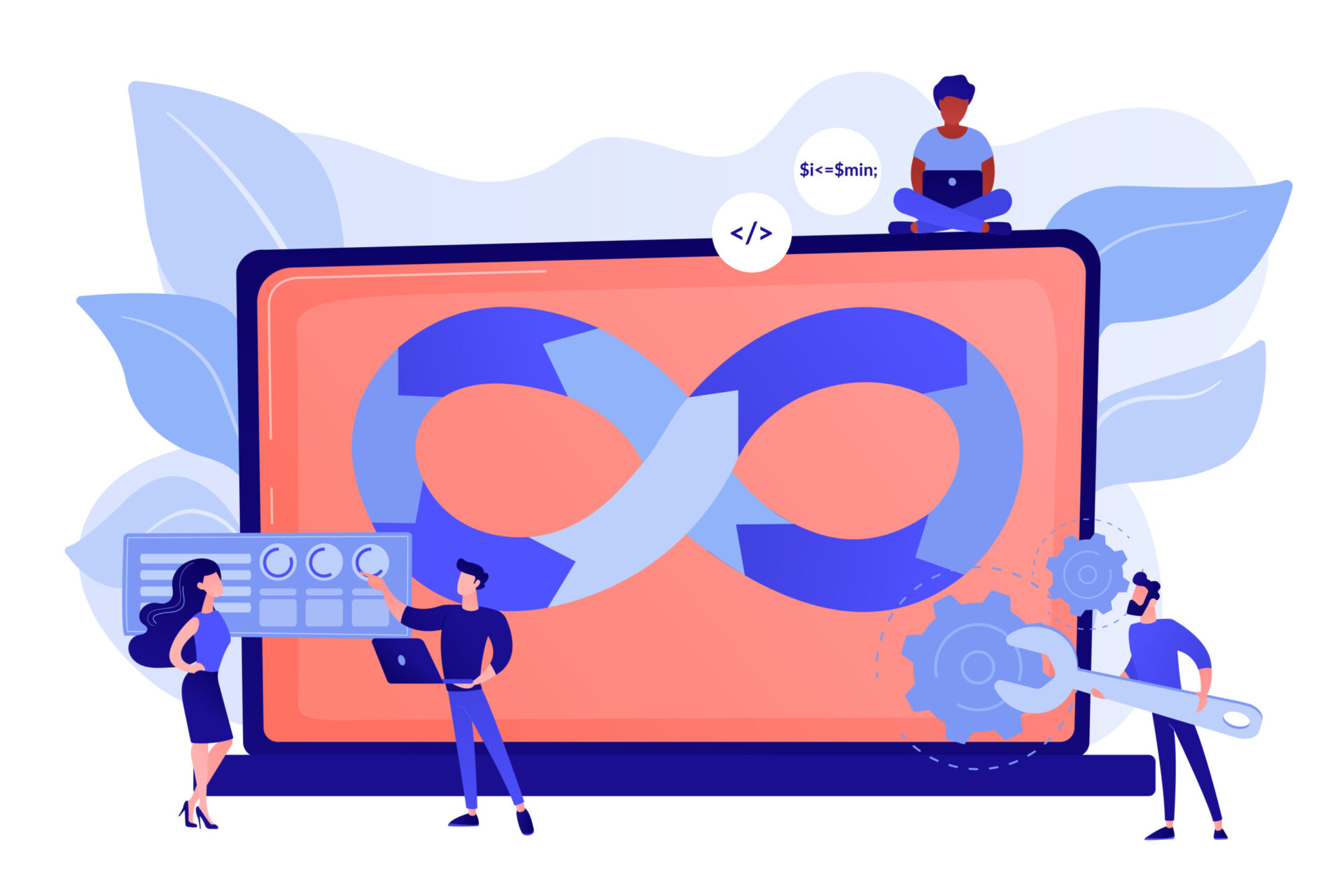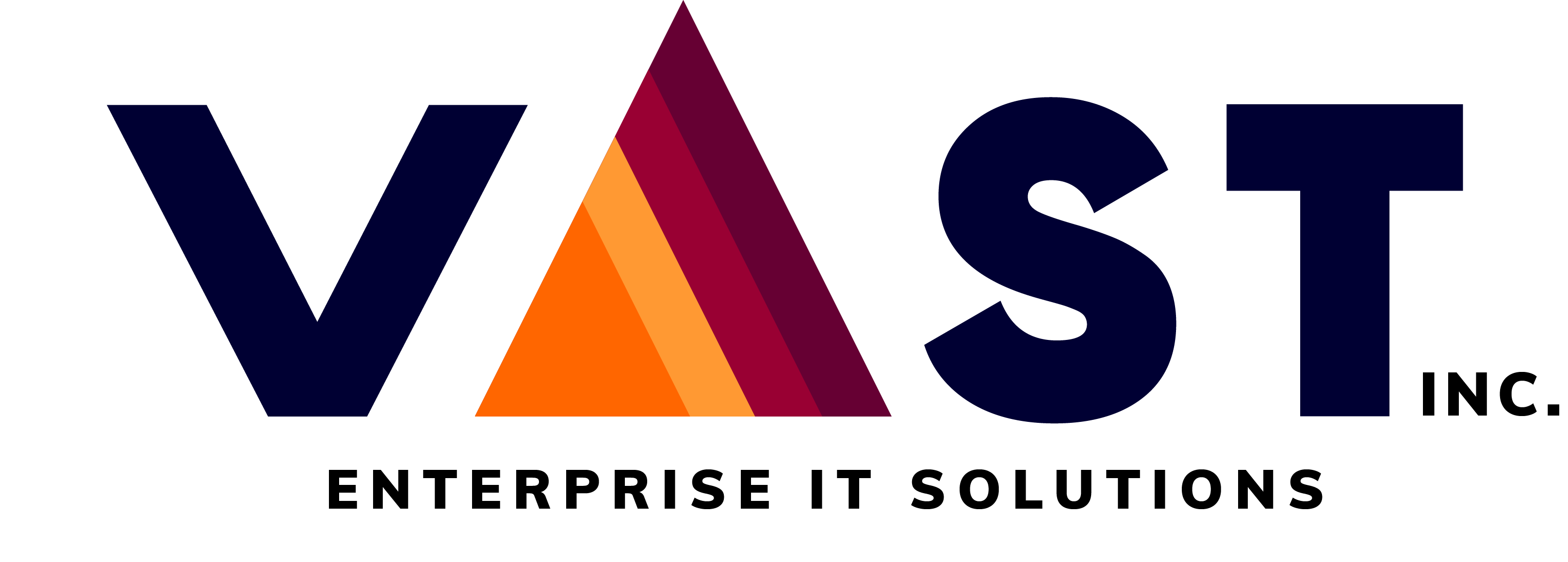
What is DevOps Lifecycle?
The DevOps Lifecycle is a set of development phases that helps everyone move as quickly and effectively through the whole product development process. To fully utilize the best DevOps strategies, each of these DevOps lifecycle components is required.
Key Components of DevOps Lifecycle.

- Continuous Development:
The DevOps lifecycle’s planning and coding phases are covered by this approach. Mechanisms for version control might be used. - Continuous Integration:
This method of software engineering creates software by routinely combining its constituent parts. It aids in ensuring that modifications to the source code do not disrupt builds or result in other issues. - Continuous Testing:
Automated, planned, ongoing code testing are included in this DevOps lifecycle stage as application code is created or modified. These tests can be created manually or with the aid of continuous integration solutions. - Continuous Deployment:
This step of the DevOps lifecycle involves continuous deployment. It is done in order to ensure that any code modifications won’t impair the functionality of a busy website. - Continuous Monitoring:
Developers gather information, keep an eye on each function, and look for errors like low memory or a broken server connection during this phase. For instance, if users are unable to access their accounts after logging in, there is a problem with your programme. - Continuous Feedback:
A progress report is similar to ongoing feedback. During this DevOps phase, the programme automatically transmits data regarding user problems and system performance. Customers have the chance to express their opinions and share their experiences. - Continuous Operations:
It is the final, simplest, and shortest stage of DevOps. Additionally, it entails automating the delivery of the application and any associated changes, which helps you maintain fast cycle times and gives developers and providers more time to concentrate on creating.
Which phase(s) of software products are the focus of DevOps?
The three stages of software products on which DevOps focuses are as follows:
- The Development Phase: Developers write the application’s code during this stage. To test and deploy the programme to a production or staging environment, they collaborate with operators.
- The Deployment Phase: Operators deploy the application to a production environment during this step. They might also take care of the application’s maintenance needs.
- The Operations Phase: Operators oversee and operate the production application during this phase.
What are the key components of DevOps?
The core elements of DevOps are listed below:
- Continuous Development
- Continuous Integration
- Continuous Testing
- Continuous Deployment
- Continuous Monitoring
- Continuous Feedback
- Continuous Operations
- Benefits of the DevOps lifecycle.
The following are some crucial advantages of the DevOps lifecycle:
- The DevOps lifecycle is a helpful strategy that leads programmers and IT operations specialists through the difficult process of developing an app.
- Indeed, increased returns on investment are a result of improved efficiencies. It is frequently used by both small and big teams, and it aids in life cycle phase organization, alignment, and tracking. Early bug detection and correction are made possible by automatic monitoring, testing, and releases.
- DevOps engineers can better their code quality and learn more about their products thanks to a variety of automated ways for gathering input.
